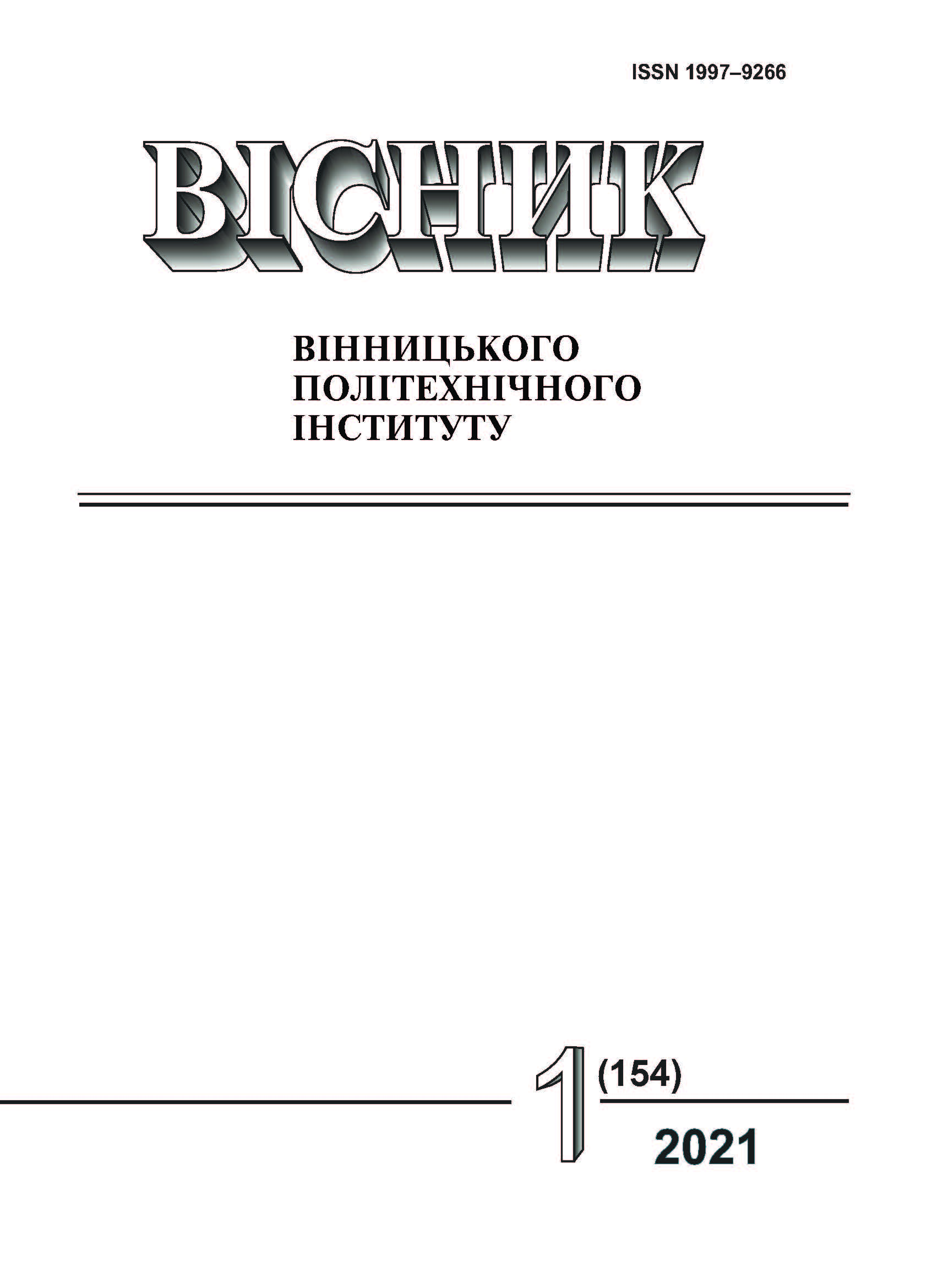Features of Thermodestruction of Secondary Polymeric Materials
DOI:
https://doi.org/10.31649/1997-9266-2021-154-1-29-36Keywords:
secondary polymers, thermal destruction, radical chain transformation, disproportionation reactions, hydrogen halidesAbstract
The analysis of modern chemical ideas about thermal destruction of secondary polymers (SP) as a source of valuable energy components, which are formed after their decomposition: gas component, synthesis oil and pyrocarbon has been carried out. It is shown that regardless of the composition of the secondary polymeric materials, thermal destruction takes place by the classical radical chain mechanism with the formation of a gas mixture of hydrocarbons, alkane-alkene mixture of different hydrocarbons (monomers and oligomers of SP) and pyrocarbon, which includes condensed aromatic structures. The dependence of the formation of monomers as products of thermal destruction of secondary polymers on their cohesion energy density (Ecog, kJ/mol) has been shown.
In a number of works the methods of thermal-oxidative and thermal destruction of polymers of different composition and structure have been considered, however, only a small number of works are devoted to the study of chemical transformations of secondary polymers, and even less to their mixtures. It is stated that the resistance of polymers (including secondary) to heat and the rate of their thermal decomposition depends on the chemical structure of the polymer or mixtures thereof. Completion of thermal processes of decomposition of secondary polymers takes place by recombination of formed radicals or their disproportionation with the formation of double bonds at the ends of macromolecules, as well as changes in fractional composition and formation of branched and spatial structures. It is stated that in the case of thermal destruction of secondary polymers that contain one (PVC) or several (PTFE) halogen atoms, there is almost quantitative release of hydrogen halides (HHal), which require additional disposal. Attention is also paid to the fact that the use of catalysts of different chemical nature in the thermal destruction of secondary polymers leads to a significant difference in the yield of gaseous and liquid products of radical-chain transformations.
References
Закон України, Про відходи (1998 р., 05.03) № 187/98-ВР. [Електронний ресурс]. Режим доступу: http://zakon O.rada.gov.ua/laws/show/187/98 .
Т. Н. Теряева, «Технология получения и переработки литъевых полимерных композиционных материалов на основе матриц различной природы.» автореф. дис. д-ра техн. наук, Ал ГТУ им. И. И. Ползунова, Барнаул, 2011, 37 с.
А. В. Нехорошева, С. В. Нехорошев, В. П. Нехорошев, и О. С. Кузьменко, «Термическая деструкция вторичного полиэтилена и получение анионного поверхностно-активного вещества,» Пластические массы, №-9-10, с. 50-53, 2017.
М. В. Бурмистр, В. В. Лукьяненко, А. П. Ранский, и И. А. Лебедева, «Физико-механические свойства полимерных композиций на основе вторичного полиэтилена,» Вопросы химии и химической технологии, № 2, с.112-115, 2005.
О. В. Суберляр, і П. І. Баштанник, Технологія переробки полімерних та композиційних матеріалів. Київ, Україна, 2006, 270 с.
М. Л. Кербер, А. М. Буканов, С. И. Вульфсон, И. Ю. Горбунова, Л. Б. Кандырин, и А. Г. Сирота, Физические и химические процессы при переработке полимеров. Санкт-Петербург, РФ, 2013, 240 с.
Н. М. Эмануель, и А. Л. Бучаченко, Химическая физика старения и стабилизации полимеров. М., 1982, 368 с.
Б. Рэнби, и Я. Рабек, Фотодеструкция, фотоокисление, фотостабилизация полимеров, пер. с. англ. М., 1978. 676 с.
Г. В. Белова, и А. А. Берлин, «Некоторые особенности деструкции полимеров с системой сопряжения,» Chem.zvesti, vol. 27, no 2, рр. 232-238, 1973.
М. В. Базунова, и Ю. А. Прочухан, «Способы утилизации отходов полимеров,» Вестник Башкирского университета, т. 13, № 4, c. 875-885, 2008.
Л. С. Шибряева, «Термоокислительные смеси полимеров. Роль структуры.» автореф. дис. д-ра. хим. наук,: 02.00.04, Ин-тут биохим. физ. РАН. Москва, РФ, 2004, 54 с.
Chem Xiaolang, YuJe, and Guo Shaoyun., “Thermal oxidative degradation kinetics of PP and PP/Mg(OH)2 flame-retardant composites,” J. Appl. Polym. Sci, vol. 103, no 3, pp. 1978-1984, 2007.
Nakatani Hisayuki, Suzuki Shoutarou, Tanaka Takamasa, and Terano Minoru, “New kinetic aspects on the mechanism of thermal oxidative degradation of polypropylenes with various tacticities,” Polymer, v. 46, no 26, pp. 12366-12371, 2005.
A. D. Drozdov, “The effect of thermal oxidative degradation of polymers on their viscoelastic response,” Int. J. Eng. Sci, v. 45, no 11, pp. 882-904, 2007.
Dimitris S. Achilias, et al., Resent Advances in the Chemical Recycling of Polymers (PP, PS, LDPE, HDPE, PVC, PC, Nylon, PMMA). Saloniki: InTech, 2012, 406 p.
М. Грасси, Химия процессов деструкции полимеров. М., Издатинлит, 1959, 250 с.
Е. Феттес, ред., Химические реакции полимеров. Москва: Мир., 1967. Т. II., 536 с.
В. Родэ, «Термическая деструкция некоторых термостойких поликонденсационных полимеров,» в кн. Новые поликонденсационные полимеры, З. А. Рогозина, ред. Москва: Мир., 1969, с. 207-273.
В. С. Пудов, и А. Л. Бучаченко, « Радикальные реакции деструкции и стабилизации твёрдых полимеров,» Успехи химии, т. 39, с. 130-157, 1970.
Энциклопедия полимеров, В. А. Каргин, ред. Москва: Советская энциклопедия, 1979, т. 1, с. 1040-1051.
Downloads
-
PDF (Українська)
Downloads: 300
Published
How to Cite
Issue
Section
License

This work is licensed under a Creative Commons Attribution 4.0 International License.
Authors who publish with this journal agree to the following terms:
- Authors retain copyright and grant the journal right of first publication.
- Authors are able to enter into separate, additional contractual arrangements for the non-exclusive distribution of the journal's published version of the work (e.g., post it to an institutional repository or publish it in a book), with an acknowledgment of its initial publication in this journal.
- Authors are permitted and encouraged to post their work online (e.g., in institutional repositories or on their website) prior to and during the submission process, as it can lead to productive exchanges, as well as earlier and greater citation of published work (See The Effect of Open Access).





